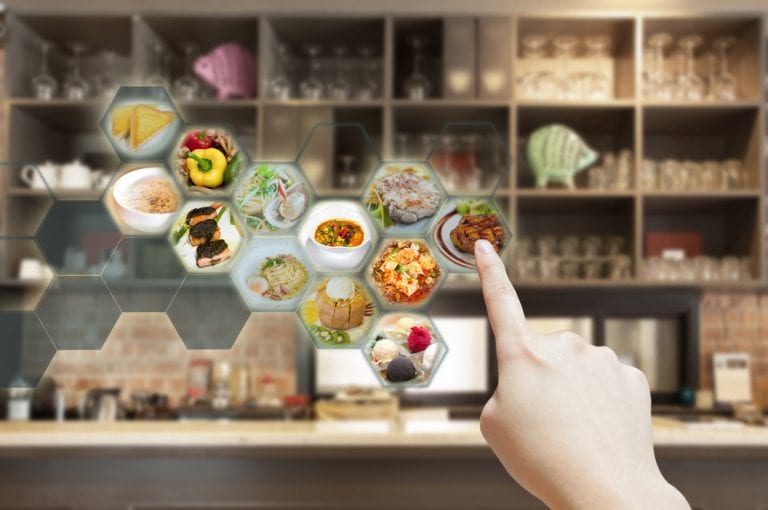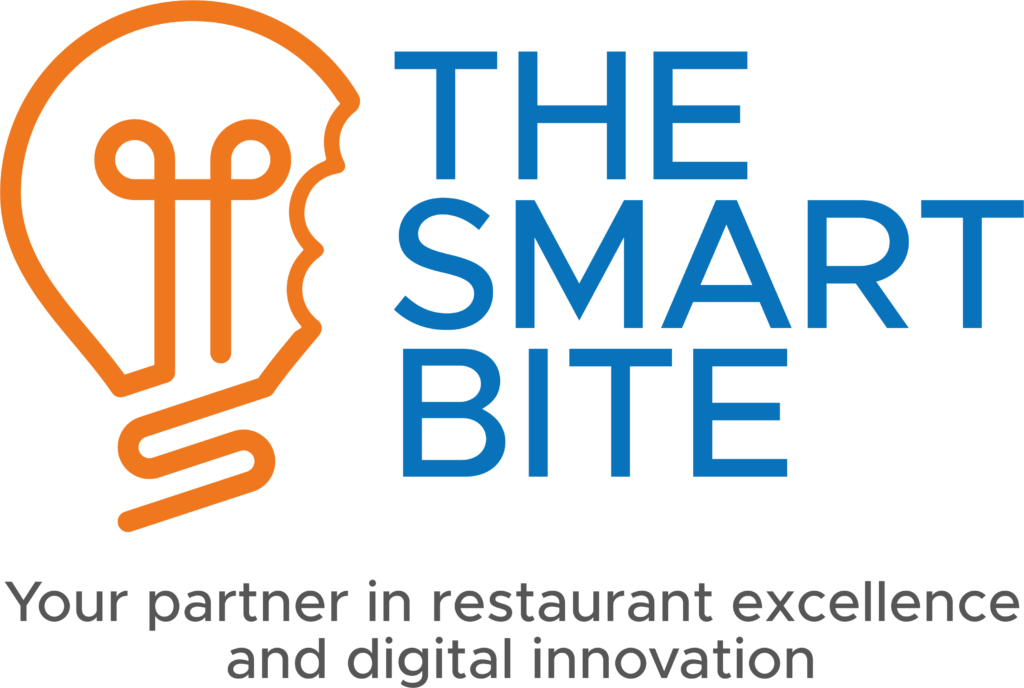In a world where convenience is king, the Quick Service Restaurant (QSR) industry is undergoing a profound transformation, driven by the emergence of digital technologies. As consumers increasingly demand speed, efficiency, and a personalized dining experience, QSRs are turning to digital solutions to stay ahead in the game.
The Digital Appetite of the Modern Consumer
The landscape of QSR is changing at an unprecedented pace, sparked by a tech-savvy consumer base that yearns for instant gratification and seamless service. Today’s diners are not just looking for quick meals but a dining experience that aligns with their digital-first lifestyle. With smartphones as their constant companions, customers expect a connected restaurant experience—from WiFi-enabled dining areas to digital ordering systems that offer a hassle-free transaction.
Meeting Expectations with Technology
Digital transformation is no longer a luxury but a necessity for QSRs aiming to meet the evolving expectations of their customers. The integration of technology enables QSRs to deliver meals not just with speed, but also with a precision and personal touch that today’s consumers crave. Self-service kiosks, mobile ordering apps, and real-time menu updates are just a few examples of how digitalization is enhancing the customer experience, providing a competitive edge to those willing to invest in these innovations.
Current Trends in Digital Transformation for QSRs
1. A Customer-Centric Approach
QSRs are redefining the dining experience by adopting a digital-first mentality. Smart mobile apps, frictionless online ordering, and user-friendly websites are now at the forefront of QSR strategies. These tools are not merely for convenience; they are reshaping how consumers interact with their favorite food spots, placing them at the center of the business model.
2. Omnichannel Engagement
In today’s digital era, the lines between in-store, online, and mobile experiences are blurring. QSRs are crafting an omnichannel presence, allowing customers to smoothly transition from online ordering to in-store pickup, ensuring a cohesive experience that caters to the modern diner’s need for convenience.
3. Data-Driven Insights
With the adoption of digital platforms, QSRs now have access to a wealth of customer data. Analyzing this data for insights into customer preferences and behavior paves the way for menu optimization, targeted marketing, and strategic business decisions that align with consumer desires.
4. Tech-Enabled Menu Innovation
Digital menus are more than just an electronic version of a paper menu; they’re a portal to a dynamic dining experience. QSRs are leveraging digital platforms to test new items, receive instant feedback, and keep their offerings fresh and exciting.
The Tangible Benefits of Going Digital
The advantages of digital transformation for QSRs extend beyond just keeping up with trends; they translate into tangible benefits that can be seen and felt across the business.
1. Enhanced Customer Service
By incorporating technology such as mobile apps and kiosks, QSRs can significantly improve service delivery, reducing wait times and streamlining the ordering process. This not only satisfies the customer’s need for speed but also enhances the overall service quality.
2. Personalized Experiences
Digital transformation enables QSRs to offer personalized experiences at scale. Loyalty programs powered by digital tools help in understanding customer preferences, allowing QSRs to tailor their service and marketing efforts to individual needs.
3. Operational Efficiencies
Digital tools aid in automating inventory management and optimizing staff schedules, leading to significant improvements in operational efficiency. This helps QSRs to reduce waste, ensure item availability, and manage workforce allocation more effectively.
Transforming Back-End Operations
Streamlined Workforce Management
The introduction of digital kiosks and online ordering systems isn’t just about customer convenience; it’s also about reallocating human resources to where they’re needed most. This shift allows staff to focus on enhancing customer service and ensuring order accuracy—tasks that significantly impact customer satisfaction.
Agile Inventory Control
Digitization brings sophisticated inventory management systems to the forefront, providing real-time data on stock levels, which helps in minimizing waste and optimizing menu offerings based on demand and availability.
Data-Driven Decision Making
With comprehensive analytics at their fingertips, QSRs can make informed decisions that affect every aspect of their operation, from staffing to menu changes. The power of data analytics lies in its ability to turn customer interactions into actionable insights, driving efficiency and profitability.
Embracing the Future
As we look to the future, it’s clear that QSRs that adapt to digital transformation will not only survive but flourish. The integration of digital technologies is imperative to cater to the evolving customer palette and to streamline operations. The potential for growth and innovation in the QSR industry through digital means is vast and largely untapped.
First Mindset For QSRs, adopting digital technology is just the first step. Creating a culture that embraces digital transformation at every level—from management to the kitchen staff—is critical. Training and empowering employees to utilize digital tools effectively ensures that the benefits of technology are fully realized.
Investing in Continuous Innovation
The digital landscape is ever-changing, and staying ahead means being ready to adopt new technologies as they emerge. For QSRs, this could mean exploring advancements like AI for customer service, blockchain for supply chain transparency, or the latest in food delivery drones.
Conclusion
Serving Up Digital Excellence
Digital transformation in the QSR industry is an exciting frontier of growth and innovation. As QSRs continue to harness the power of digital tools, they not only enhance the customer experience but also set new standards for operational excellence. The ongoing digital journey promises a future where quick service doesn’t just mean fast food, but also a fast, efficient, and personalized dining experience. For QSRs, the time to act is now—to adapt, innovate, and serve up digital excellence.


